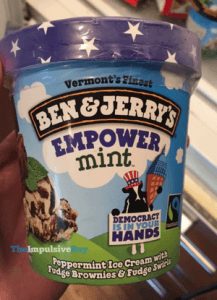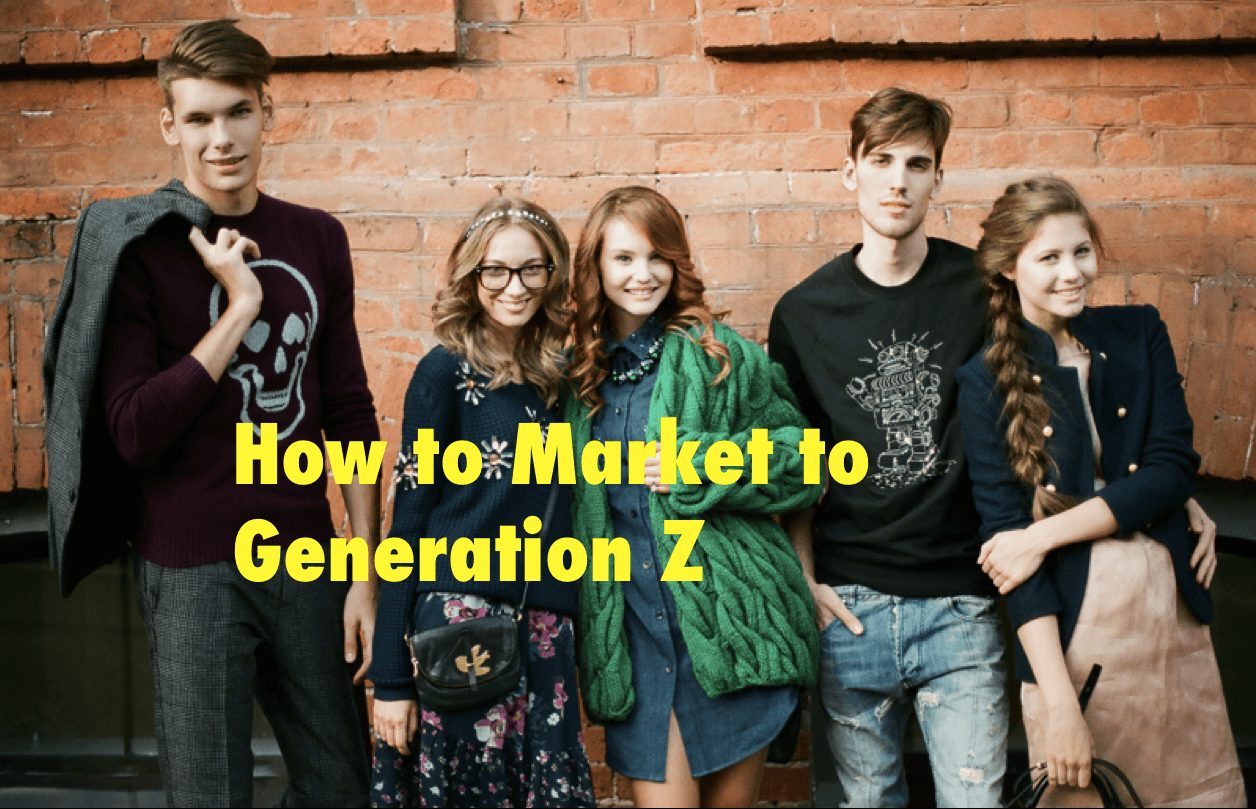Marketing to Gen Z: How to engage with a generation whose first gift was an iPad
Forget millennials, there are new kids on the block. Generation Z, roughly speaking people who were born after 1995, are beginning to leave school and college, and enter the workforce. As a Gen Zer myself, I know that we can be misunderstood, especially when we are wrongly grouped with millennials – our more extravagant elders. Marketing to Gen Z can seem daunting. Our attention is often divided, our interests are fragmented and we all occupy our own virtual neighbourhoods that can be difficult to break into. Nonetheless, I think that if companies follow these 4 steps they will inevitably attract Gen Zers.
We buy experiences not products

Gen Z has rejected the material single-use consumer culture of the past for a variety of reasons including concerns about the environment, living much of our lives online and growing up during the recession. Instead, we buy experiences. It is not enough just to buy a product alone because that would be a waste of money spent but more crucially it would seem ‘inauthentic’. Here’s a story of mine to explain. Recently I went travelling across Europe with some friends. Our decisions on what to spend our money on basically came down to whether it was a fun experience, meaning we stayed at some terrible hostels, had some even worse food and got the earliest train possible to avoid higher prices. But by the same token, we weren’t afraid to splash out on expensive tickets to public baths in Budapest or famous nightclubs in Berlin – it was about experiences, not products. Some businesses lend themselves to experiences more than others, so the impetus on those sorts of companies is to make an experience out of buying the product.
We like brick and mortar stores
Despite our digital nativism, we like brick and mortar stores. This preference makes sense when you understand that we like experiences. We want to be able to tell the story of our purchase to everyone on social media. Certain types of physical stores do a better job than others of appealing to gen Zers. One of the most legendary brands among Gen Zers, Supreme, is an example of this trend. Whilst you can buy online from Supreme, the customary method of purchase is to queue up from early hours for an 11 am ‘drop’ at a physical store. Physical stores do need certain characteristic to be successful. Gen Zers stores need to be Instagram friendly – that means making sure your shop has somewhere colourful and/or symmetrical. They also need good Wi-Fi. How else are we going to tell everyone about our experience other than through Instagram? In fact, according to NewsCred, 40% of Generation Z prioritize a Wi-Fi connection over a working bathroom.
In general, we care about social justice and the environment

Over 40% of Gen Zers say that stopping climate change should be the top priority of governments, according to Masdar Gen Z Global Sustainability Survey and 85% of teens are “likely” to purchase from a brand that supports a social cause over another brand that does not, according to fuse marketing. Companies wanting to get Gen Z’s attention need to appeal to this. Look at Ben and Jerry’s for a case-in-point (see right). Whilst directly contributing towards social justice is important, it is just as vital to tell a story that shows social justice is at the heart of your business, not just an afterthought.
We care about influencers more than celebrities
The word celebrity, belonging to the age of the glossy magazine, is barely part of the average Gen Zer’s vocabulary. If someone in my generation does use it, they are not using the word in the same way it has been used in the past. Who we care about are influencers. One of my favourite examples of a successful influencer is a vlogger called Casey Neistat. Despite being of an older generation, in many ways, he embodies the Gen Z outlook. An early riser obsessed with running, he is a hardworking guy who cares deeply about what he does. What he does purchase is always oriented towards experience. And what he does purchase gets a huge helping hand. For instance, when he first bought a Boosted Board, a type of electric skateboard, that he now takes with him everywhere he increased google searches for the company by 300%. There are 100s of others just like him with millions of followers in different corners of the internet. Accessing influencers is one of the best ways to engage with Gen Z.
Gen Z is here to stay. Their effects on business are already pervasive from how your dinner looks to Kylie Jenner wiping $1.3 billion off Snapchat’s value, when she declared “sooo does anyone else not open Snapchat anymore? Or is it just me… ugh this is so sad”. Thus, it is certainly in the interests of businesses to think carefully about how they engage with my generation.
The bottom line for Gen Z is then that we are glad to pay for experiences from brands, especially those that genuinely believe in social justice. If you can find a captivating influencer and have a brick and mortar store even better.
– Nicholas Robson (@britishnickrobson on Instagram)











